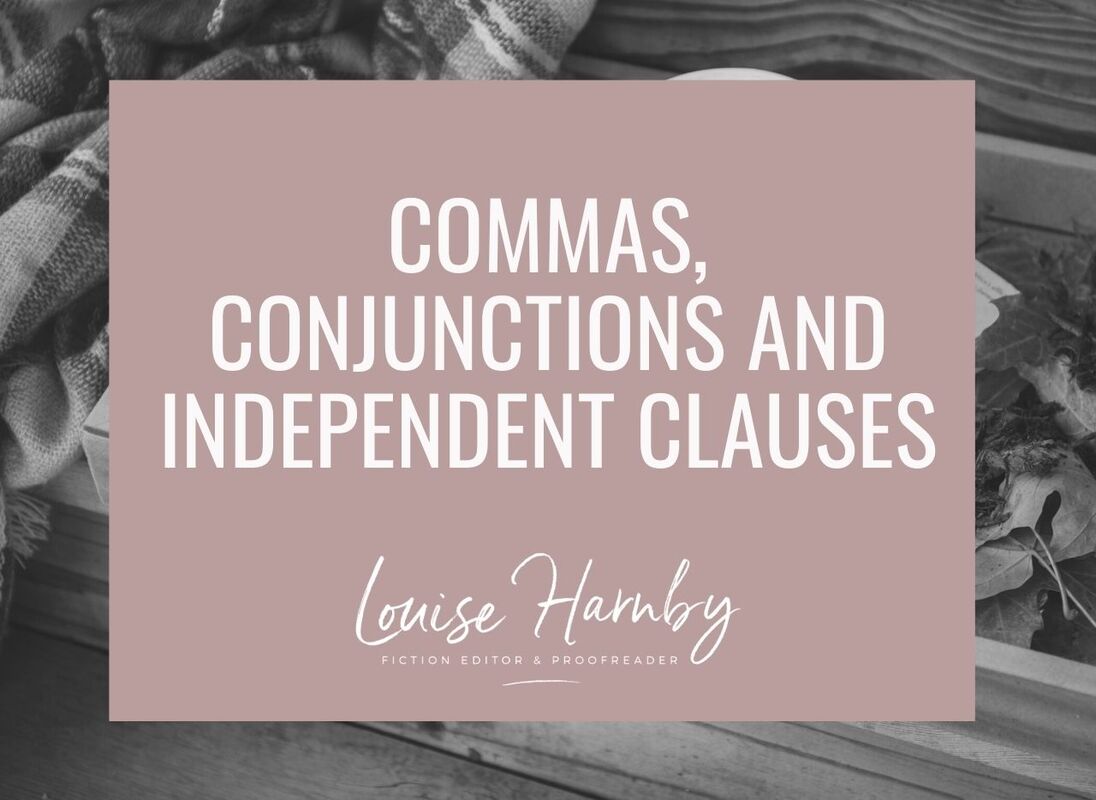
ZAHLENVERBINDUNGSTEST DOWNLOAD PROFESSIONAL
Ever since the association was first observed, a potential common framework for both phenomena and possible reasons for their joint occurrence have been matters of debate.Ībsolute pitch is a rare condition (<1% in the general population, Profita et al., 1988) with a much higher incidence in professional musicians (up to 23%, Gregersen et al., 1999, 2001 Deutsch et al., 2006) and people with autism spectrum disorder (e.g., Heaton et al., 1998, 2008a, b for a review see Mottron et al., 2012).

In summary, this study provides further evidence for a multifaceted pattern of various and potentially interacting factors on the acquisition of absolute pitch.Ībsolute pitch, the ability to name or produce a musical tone without any reference ( Takeuchi and Hulse, 1993 Ward, 1999), has frequently been associated with autism (e.g., Heaton et al., 1998 Bonnel et al., 2003 for a review see Mottron et al., 2012) and autistic traits ( Brown et al., 2003 Dohn et al., 2012). The inconsistency of the results might be due to limitations of global-to-local paradigms in measuring cognitive style and due to heterogeneity of absolute pitch possessors. Results are partially in line with the idea of a detail-oriented cognitive style in absolute pitch musicians. Interestingly, reduced global-to-local interference in audition was associated with greater absolute pitch ability and in vision with higher autistic traits. Furthermore, amounts of interference of global form on judgments of local elements and vice versa were calculated. Analyses revealed inconsistent group differences among reaction time, total of correct trials and speed-accuracy-composite-scores of experimental conditions (local vs. Two local-to-global experiments in vision (hierarchically constructed letters) and audition (hierarchically constructed melodies) as well as a pitch adjustment test measuring absolute pitch proficiency were conducted in 31 absolute pitch and 33 relative pitch professional musicians. This study investigated whether a detail-oriented cognitive style, a concept borrowed from the autism literature (weak central coherence theory), might provide a framework to explain this joint occurrence.

By definition absolute pitch is an ability that does not require the relation of tones but is based on a lower-level perceptual entity than relative pitch (involving relations between tones, intervals, and melodies). However, it remains a matter of debate why absolute pitch is relatively common in autism spectrum disorders and why absolute pitch possessors exhibit higher autistic traits.


 0 kommentar(er)
0 kommentar(er)
